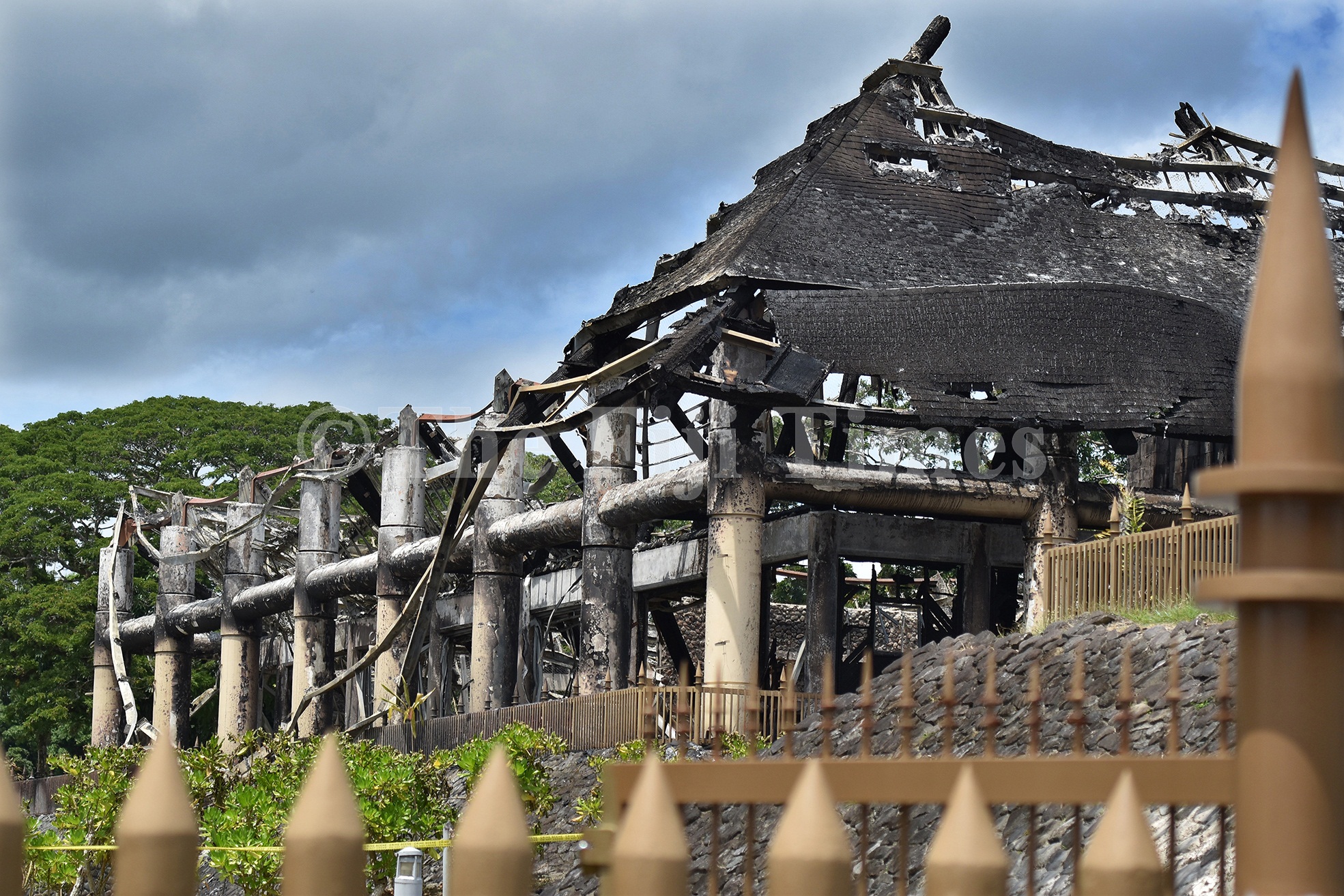A FIRE of the magnitude and momentum that razed the Great Council of Chiefs complex in Draiba, Suva last month could not have been caused by a lit mosquito coil alone, says retired chief fire officer Joe Rainima.
Mr Rainima said in his opinion as a qualified fire analyst, the fire travel could have been aided by highly combustible substances that acted as a catalyst.
“I am not fully aware of the conditions that prevailed during the day of the fire — meaning the weather condition, the room in which the coil was placed in — but to hear that the fire was caused by a lit mosquito coil is quite ridiculous,” he said.
“If the fire was really caused by what they are saying then why was there an exposed mosquito coil within the building in the first place.
“It would be interesting to know whether the part of the building containing the mosquito coil was open or closed, having access to oxygen, and whether the mosquito coil was placed close to something highly combustible.
“If this is the case, investigators need to get to the reasons behind these irresponsible actions.
“In my personal opinion, a fire caused from a mosquito coil has very low chances of developing into an uncontrolled flame and if this is so, it takes quite a long time for that to happen or it would need a catalyst.”
Mr Rainima said these were matters directly relating to the fire that needed to be clarified in order to establish the cause of the fire.
He said a similar fire at the Suncourt building in Nabua was later treated as arson after they found out that the fire had been aided by sawdust and turpentine.
Mr Rainima added that even two-stroke fuels could be the perfect catalyst for destructive fires.
“Considering the distance from Walu Bay, which is the nearest fire station, to the building is not really long, we need to look at the response time of National Fire Authority personnel.
“The road from the scene of the fire to the station is a straight stretch, so if NFA was late, why were they late?
“What time did the station receive the fire call, how long did it take them to prepare and how long did they travel to reach the scene?
“These are all things that need to be considered to understand why the building could not be saved at all.”
Mr Rainima studied firefighting and fire dynamics in New Zealand and played an instrumental role in the setting up of the NFA in 1985.



